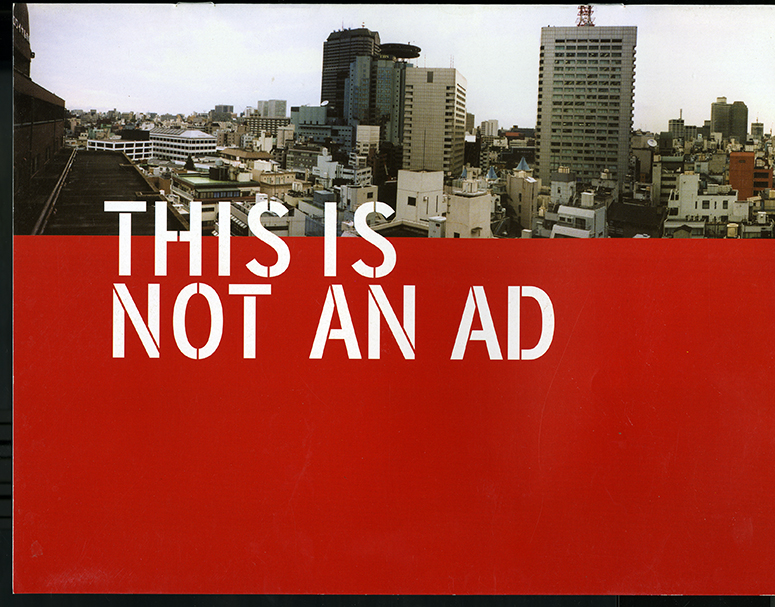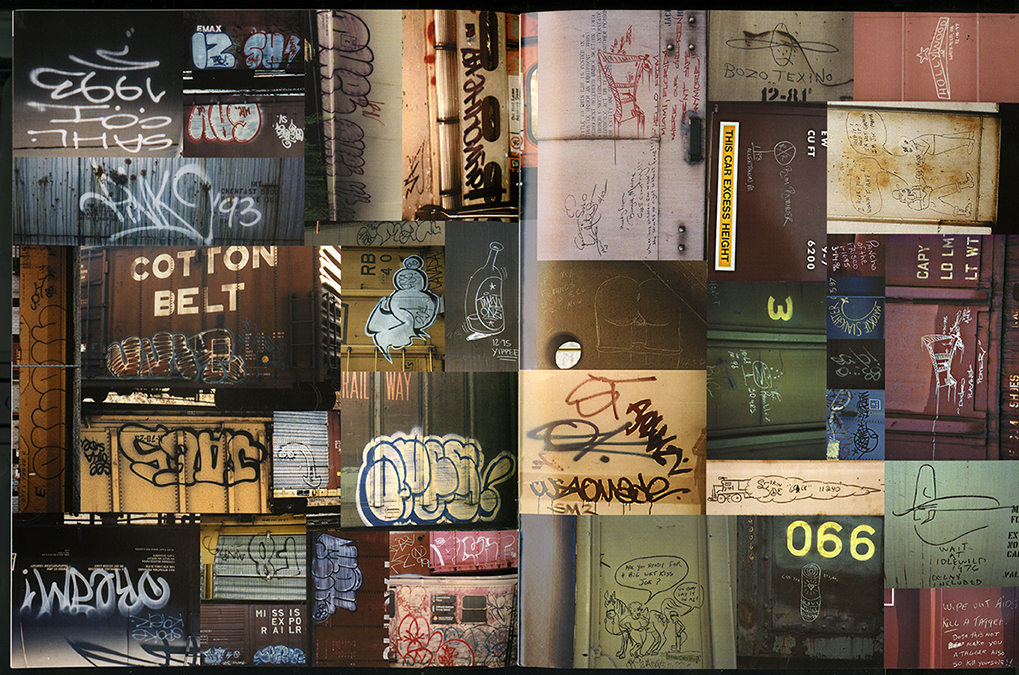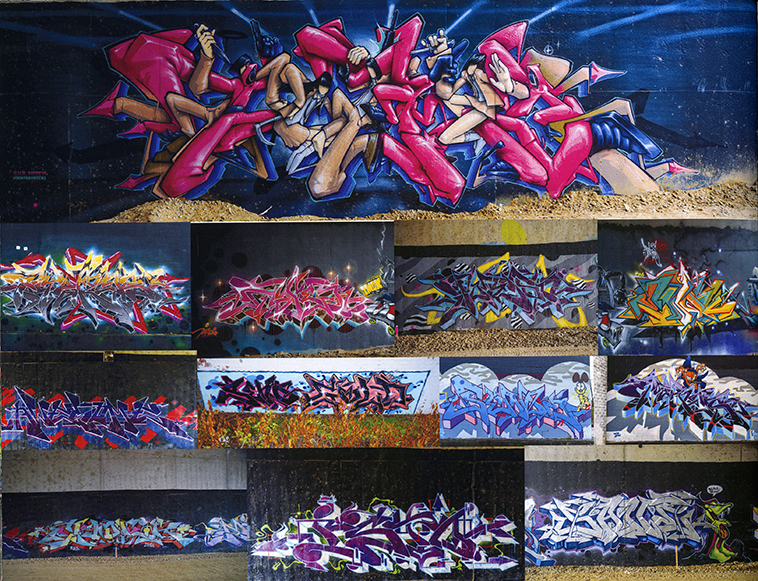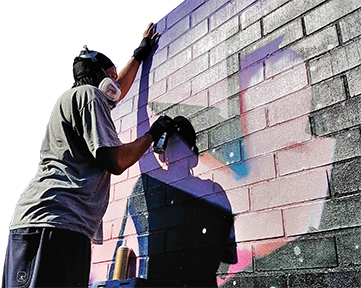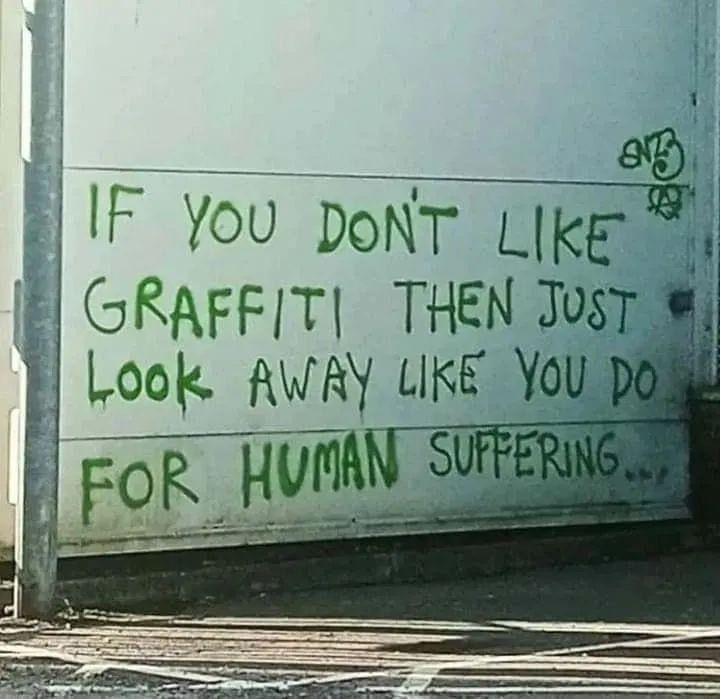Public Art: Street Art and Graffiti
Throughout history, graffiti has evolved alongside human society, manifesting in various forms and contexts. In the modern era, graffiti emerged as a subversive art form associated with urban youth culture and countercultural movements. In the 20th century, graffiti gained prominence in cities like New York, where artists such as Keith Haring and Jean-Michel Basquiat used it as a means of self-expression and social commentary, Haring with the AIDS crisis and Basquiat slavery and racism.



However, graffiti also faced stigma and legal challenges, often being viewed as vandalism rather than art. Despite this, graffiti continued to thrive, evolving into diverse styles and techniques, from elaborate murals to simple tags. A big shift happened in the late 1990s and early 2000s as street art moved away from being considered property damage and vandalism and started being embraced by the public giving a rich, gritty, urban, visual identity to many communities.
In Atlanta, graffiti has its roots in the Civil Rights Movement of the 1960s as a discrete way to share messages and get involved in the political struggle. Because of Atlanta’s history of working to end racial discrimination, politicians and businesses gave tolerance towards graffiti, seeing it as self-expression rather than vandalism and allowing it to flourish. Still, graffiti has had its hurdles in Atlanta. In May of 2017, the City began regulating murals on private property, enforcing a 1982 ordinance in which graffiti artists and property owners must apply for approval with the city or be hit with a fine of a thousand dollars and destruction of the artwork. Artists Fabian Williams, Peter Ferrari, and Yoyo Ferro sued the city, saying it was unconstitutional, and the graffiti artists won, with the city agreeing to no longer require approval on private property.
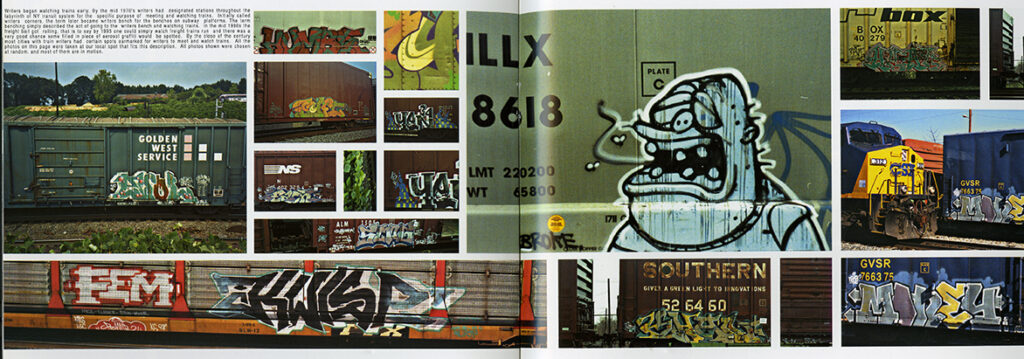
One prominent Atlanta Street artist is Greg Mike. He has been doing graffiti in Atlanta for over 20 years and is known for his vivid explosions of incandescent color filtered through a Surrealist, Pop Art perspective with mischievous characters in a gleeful yet unsettling world. Other notable Atlanta Street artists are John Morse, Alex Brewer aka HENSE, Sarah Emerson, Matt Haffner, Everman, VAYNE, Lauren Pallotta Stumberg, and many more. While debates over its legality and morality persist, graffiti remains a powerful medium for expression, activism, and community engagement, reflecting the ever-changing landscape of contemporary culture.
